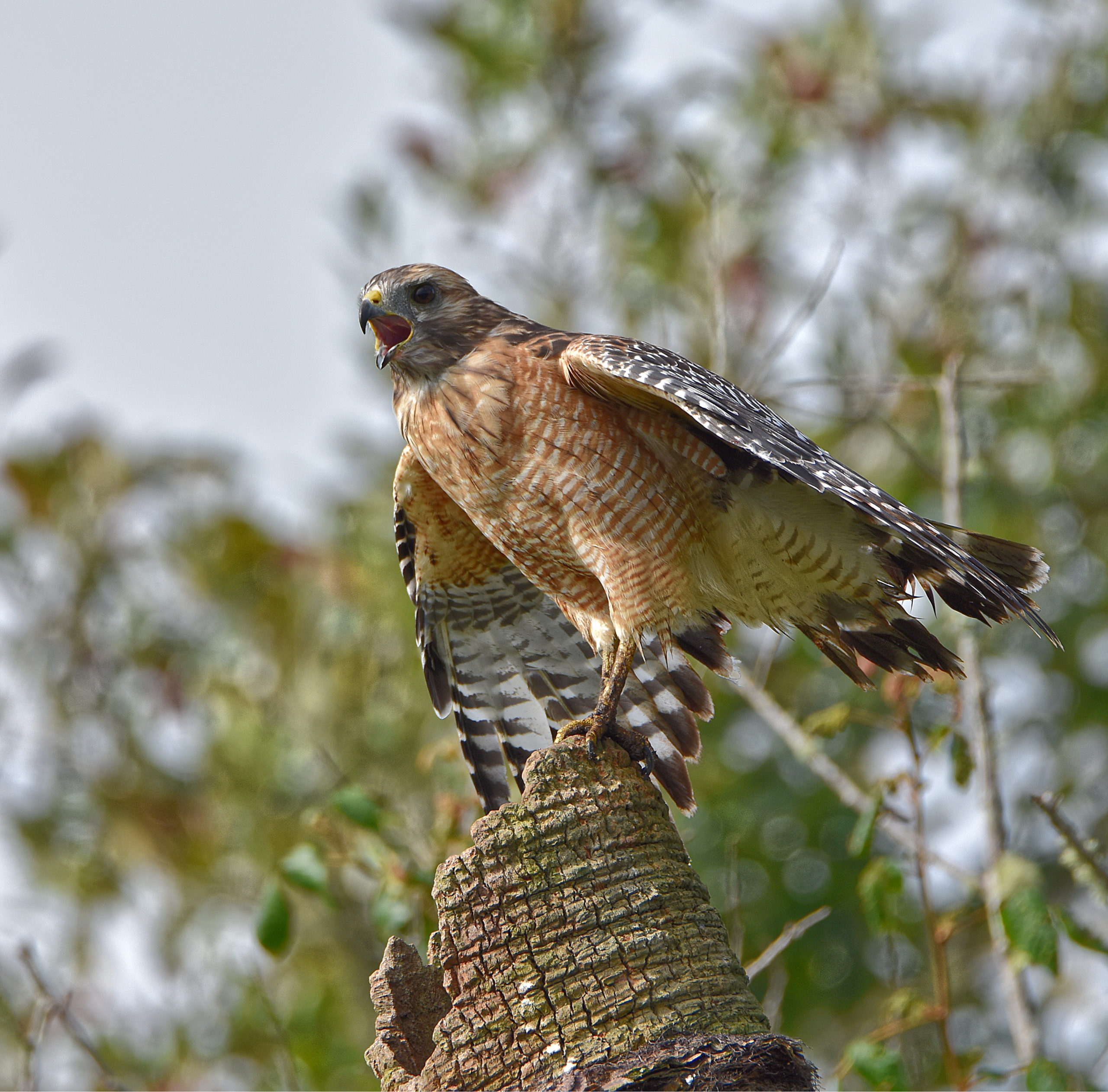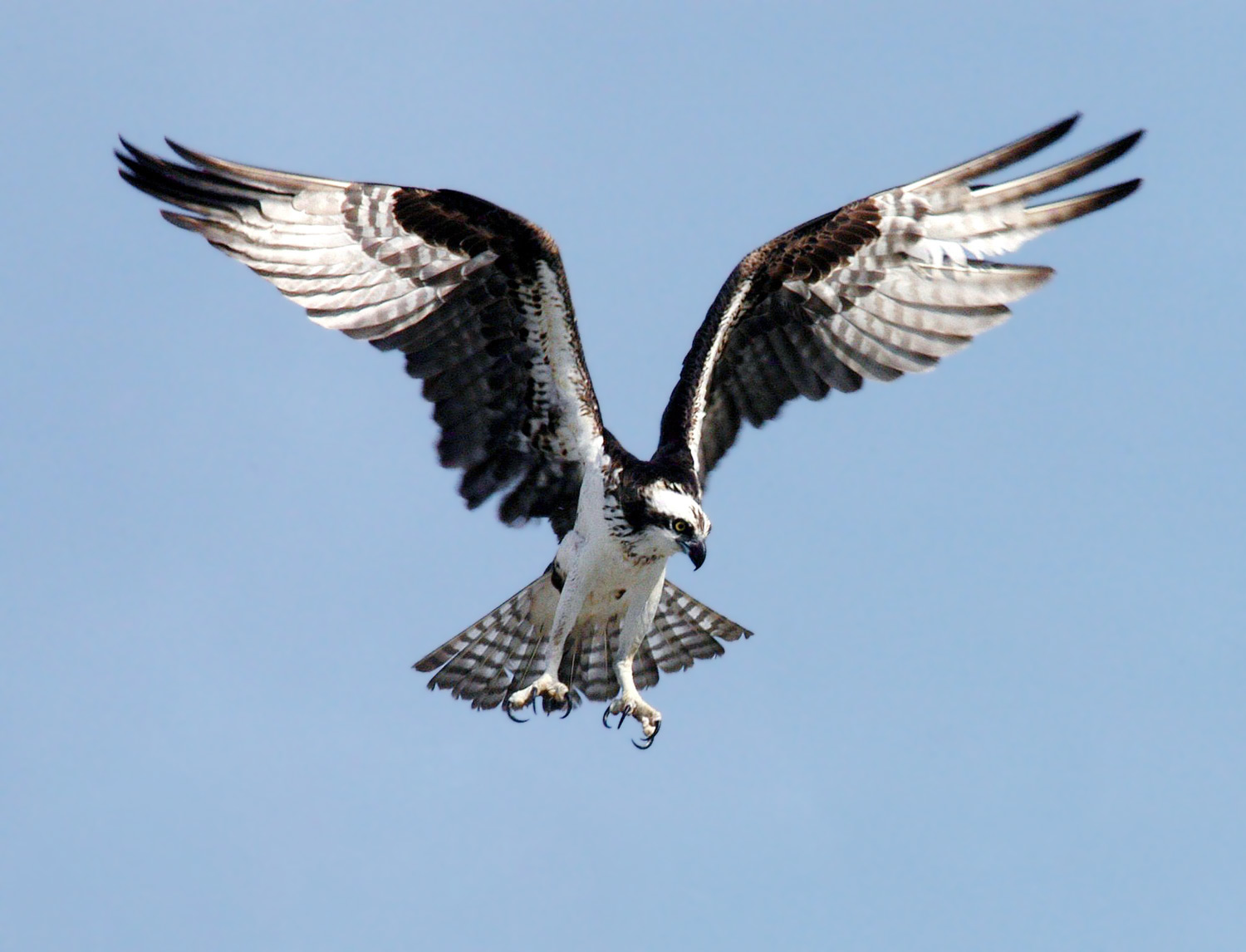TWH – Dr. Julia Carlin along with three other researchers, Casey Craig, Samantha Little, and Melinda J. Donnelly, recently released a report about microplastics found in the digestive tract of birds of prey.
Environmentalists have defined microscopic plastics as plastic debris five millimeters or less in size. Carlin found an average of 11.9 microplastic pieces in each bird, which can interfere with digestion and nutrition.
Pagans often consider the web of life as connecting living beings across species and worlds. Moreover, many Pagan deities take the form of birds or have a sacred connection to birds.
Plastic shedding
The Wild Hunt spoke about plastic pollution with Kristen Hoss is an educator, ecologist, and consultant who serves as the Executive Director of The Youth Environmental Alliance (YEA) that provide environmental education and ecological consultation focused on the development and delivery of hands-on, engaging, education programs designed to empower children by allowing them to explore environmental issues. YEA’s goal is to create awareness in youth and empower them to make informed decisions about their choices and the environment to create a more sustainable future.
Hoss said, “Plastics are a weak product, and photodegrade (break down into smaller pieces) in the sun, degrade from erosive forces such as wind and water and general use; and even release chemicals in and gaseous form, especially when heated.” When those bonds fray, this then leads to microplastics sloughing off.

Kristen Hoss [courtesy]
Polyester textiles, like rayon, polyester, neoprene, and spandex, are all types of plastic. According to Hoss, when we wear polyesters, sunlight, wind, or water can start that fraying. Even hand or machine washing can cause microplastics to slough off. Microplastics from polyester frequently take the form of fine polyester fibers called microfibers. These microfibers will end up in drains, creeks, rivers, and oceans. Something as small as microfiber can elude filtration systems. Eventually, those microplastics will end up in fish, birds, animals, and humans.
Apex Predators
Carlin and others examined the digestive tracts of birds of prey from central Florida. They were looking for microplastics. Central Florida includes two coastlines, many rivers, and lakes, as well as two metropolitan areas, Tampa, and Orlando. All birds had died a natural death.

Plastic Algae Algae Plastic Plastic Sea Slug
Birds of prey occupy critical roles in ecosystems. Hoss said that they help to control rodents and insects. This predation keeps the populations of rodents and insects in check and protects the food supply.
A food web refers to the connections between predator, prey, and the food of the prey. Microplastics transfer within food webs. A prey animal may have microplastics in their gut or carry microplastics in its fur or gills. When a predator consumes that prey, they indirectly ingest the microplastic of the prey. Hoss explained, “When plastic enters that food web, the toxins from it travel throughout, bioaccumulating [getting more concentrated) in higher-level consumers.”
Carlin identified the major dangers of ingesting microplastics. Non-digestible material in the digestive tract could induce a false sense of “being full.” That material could block the passage of nutrients and waste products. Small bits of plastic could pierce the lining of the digestive tract. Some bird parents regurgitate food into a chick’s mouth to feed them. When that happens, microplastics could be passed on to the young.
Carlin’s study
Carlin and the three other researchers examined eight species of birds of prey in this study. Two species of birds of prey predominated, however, the osprey and the red-shouldered hawk. These apex predators have different foraging strategies and ranges. The osprey forage for live fish in freshwater, estuaries, and landfills and have a range of as much as 5 square miles. In contrast, the red-shouldered hawk forages in wooded or suburban areas. They hunt for small mammals, lizards, snakes, and amphibians and have a much smaller range of between a 1/3 to 3/4 square miles.
Carlin and others found microplastics in the digestive tract of all eight species of birds. On average, each bird had 11.9 pieces of microplastics in their gut. They found several types of microplastics in these birds. About 86% of the microplastics were microfibers. Different types of plastic debris, such as microbeads, micro-fragments, or macroplastics made up the remaining 14% of microplastics found the bird’s gut.
Hoss agrees with these findings. When asked how applicable these findings on the birds studied by Carlin are to other parts of the world, Hoss said:
Very, in that the patterns we find here in nature, are just a representative example of what is happening worldwide since plastic and microplastics are so prolific. They are found from mountain tops to the sea floor miles below the surface, and on every continent. They are on land, in water and even flying through the air. When they degrade, they just break down into smaller particles invading the smallest microcosms and members of the food chain.
Microfibers
Scientists have found microfibers in many studies of plastic pollution in the air and water as well as mammalian soft tissue. Of all the microplastics that Carlin found, microfibers accounted for 86%. According to Carlin, common microfibers include polyesters, rayon, polyethylene terephthalate (PET), and polypropylene (PP). The textile industry uses these synthetic fibers, and industrial drainage and washing machine runoff could contribute introduce these microfibers into the environment.
When asked why microfibers made up the majority of the microplastics found in birds, Hoss explained, “Yes, they [microfibers] are really small, fibers or specks of plastic, they fall off of our clothes (which many are made with rayon, polyester, neoprene, spandex, etc…which are plastic-based), shoes, and break down from larger plastic items traveling through wind and mainly water into storm drains, storm sewers and sewers in general.”
Hoss continued, laying out the path that water takes, carrying those tiny fibers with it, “Sewage water makes its way back into the environment through sewage outfall pipes and water reclamation and spills, and although treatment often includes filters, microplastics can get through. Large watersheds on land go into rivers, streams, and canals which lead to oceans, or the water directly sheds into oceans and larger water bodies. Even water that percolates underground into the aquifer can carry microplastics with it. Aquifers bubble to the surface as springs which lead to streams and rivers or the water travels underground and can find its way to the oceans.”
Airborne microplastics
On June 11, 2020, The New York Times reported on Dr. Janice Brahney’s new study of airborne plastic. “The Times” reported that “more than 1,000 tons of tiny fragments rain down each year on national parks and wilderness areas.” Brahney said, “There’s no nook or cranny on the surface of the earth that won’t have microplastics.” Research into airborne microplastics has only recently begun.
Brahney’s study, published in Science, found microplastics in 11 national parks and wilderness areas. The rainfall brought with it larger plastic particles. Dry weather brought smaller particles. Microplastics made up about 75% of all plastic particles found.
These microplastics were the same type that Carlin had found in the digestive tract of birds. These microfibers that Brahney found came from “making clothing and in producing carpeting and industrial coatings, as well as outdoor gear like tents and waterproof clothing.”
Taking Action
While the problems of plastics and pollution can seem overwhelming, if we all choose to take action, even in small ways, those actions collectively can have an impact.
Hoss said one thing that individuals can do is, “Buy clothes made from cotton, wool, hemp or other natural fiber. Avoid buying plastic items and food packaged in plastic. If we stop buying it, they will stop making it.”
She went on to point that the spiritual implications, “If we pollute our planet, we pollute ourselves because we are all connected. We rely on everything the planet provides, but it must be clean or we suffer the consequences physically, emotionally, and spiritually.”
Pagans often have spiritual connections with animals, whether through a deity they work with or their resonance with nature. Advocating for the environmental issues that assist with the preservation of the animals that play an important role, spiritually, in another way to have an impact. As Hoss says, “Know we are all connected, so we are all affected!”
The Wild Hunt is not responsible for links to external content.
To join a conversation on this post:
Visit our The Wild Hunt subreddit! Point your favorite browser to https://www.reddit.com/r/The_Wild_Hunt_News/, then click “JOIN”. Make sure to click the bell, too, to be notified of new articles posted to our subreddit.


